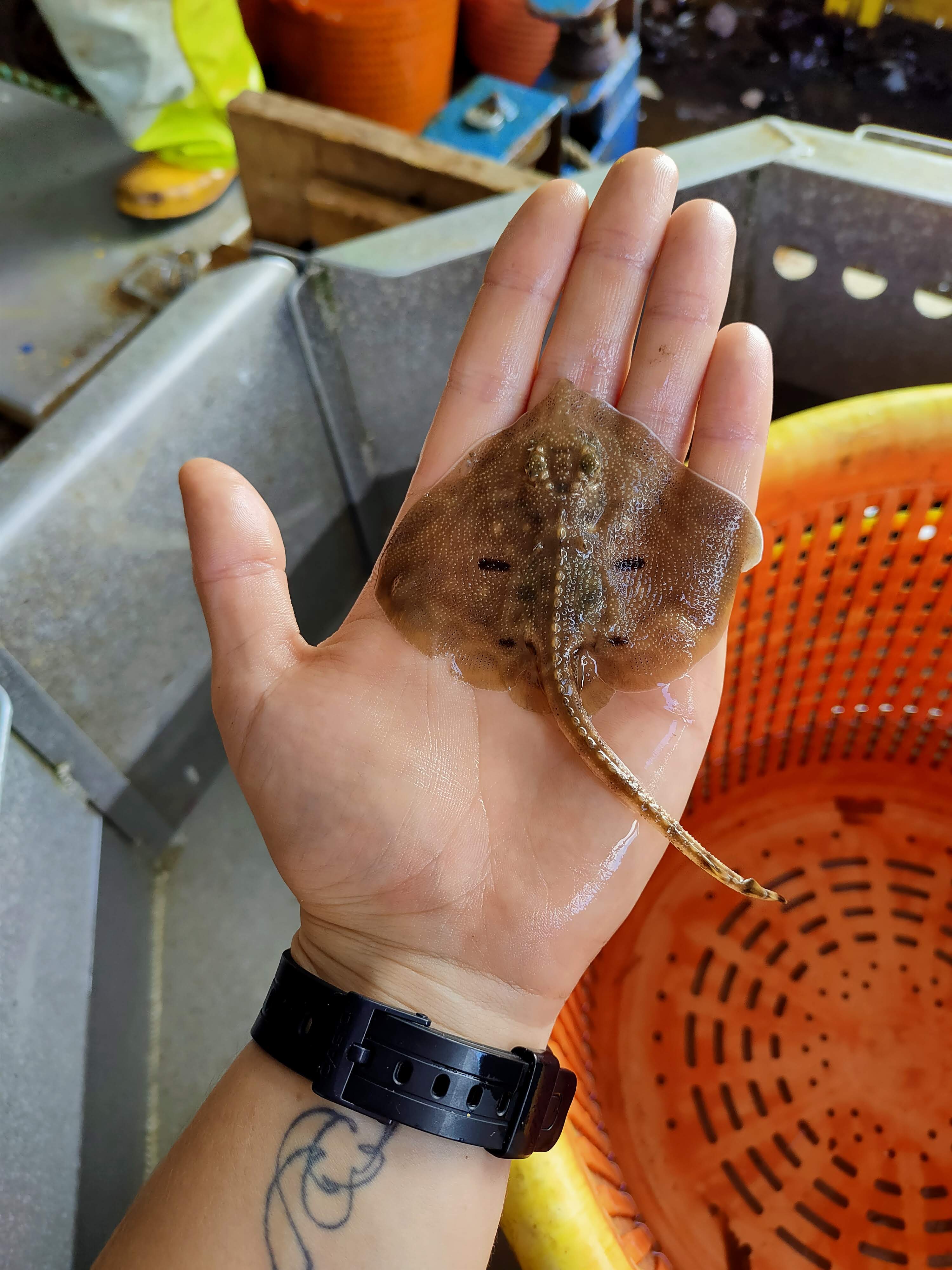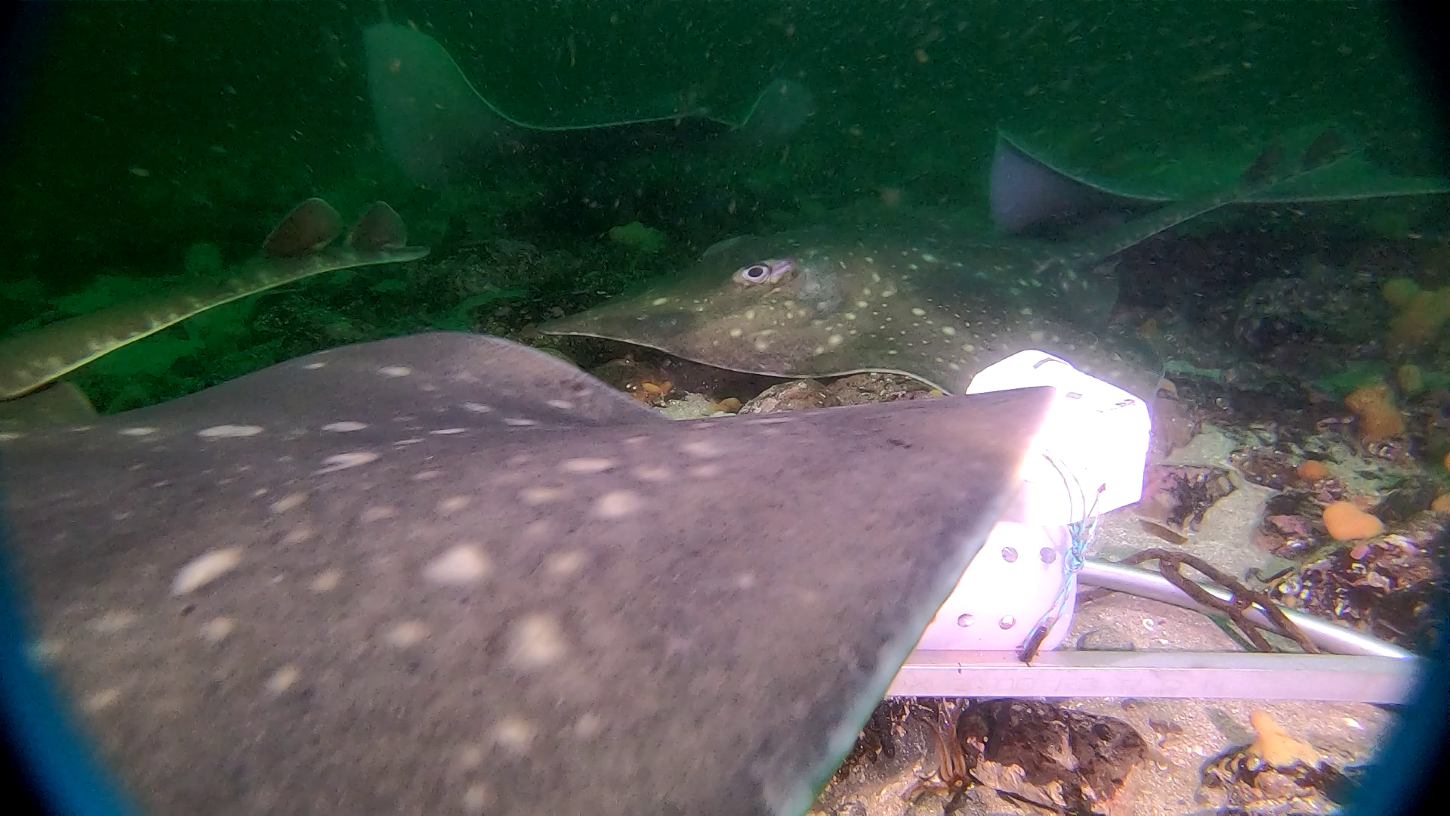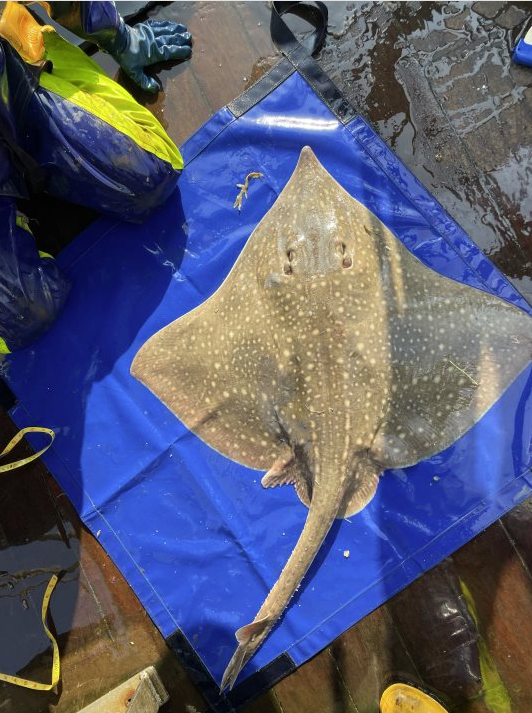Two inshore areas in Shetland to be awarded Important Shark and Ray Areas (ISRAs) status
Researchers at UHI Shetland led the submission of two proposals for Important Shark and Ray Areas, one for flapper skate in the Fair Isle area and another focussed on thornback ray in the Swarbacks Minn area. These proposals were recently accepted following an external review by an independent panel of experts, composed of individuals recognised by the IUCN Species Survival Commission Shark Specialist Group (SSG).
The identification of Important Shark and Ray Areas (ISRAs) is an evidence-driven process aimed to increase the knowledge of threatened shark and ray species. Importantly, ISRAs are not Marine Protected Areas (MPAs) and are not associated with any restrictions on activity in the areas. ISRAs are defined through the application of scientifically based criteria designed to consider important aspects of shark and ray biology and ecology. The ISRA process operates across 13 global regions with the European Atlantic area due to be launched later this month.

The Fair Isle ISRA covers nearshore areas ranging from 0-90m deep encompassing a variety of different habitat types linked to powerful tidal currents. The unique ecology of the Fair Isle marine area has been previously recognised with the establishment of a Demonstration and Research MPA and a Special Protection Area. Flapper skate, known locally as barn door skate, have been reportedly observed in higher abundances in recent years by local fishermen. The data collected by UHI Shetland during fisheries surveys around Shetland and Fair Isle has provided data to back-up this trend and revealed evidence of an abundance hotspot in the Fair Isle area.
Mia McAllister, a researcher who led the ISRA proposals explained:
“We used a multi-method approach including scientific trawl stations, baited remote underwater video systems (BRUVS), and tagging. The relative abundance of flapper skate in Fair Isle was consistently higher than other study areas, in one instance we saw nine individuals in a single BRUVS deployment. Inshore areas around Fair Isle are strongly affected by tide which is known to be an important factor in understanding elasmobranch distributions, however further research is required to understand the exact nature and function of flapper skate aggregations around Fair Isle.”
The Swarbacks Minn ISRA is located in the southeast of St Magnus Bay in the complex area south of Muckle Roe and in the connected channels around Papa Little. Data from the annual Shetland Inshore Fish Survey conducted by UHI Shetland showed that this area is an important reproductive area for thornback ray, with consistent catches of juveniles recorded. Flapper skate are also often recorded in this area and are listed in the Swarbacks Minn ISRA as a supporting species.
“This news represents a really important international recognition of the research we’re carrying out in Shetland”, commented Dr Shaun Fraser, Senior Scientist and Fisheries Lead at UHI Shetland “to be clear, there’s no implication that this new status should lead to some restriction on fishing or other marine activities in the areas. Nonetheless, this identification as ISRAs highlights the value of the data collected by UHI Shetland during our annual survey efforts and provides further evidence of the importance of our nearshore areas as vital habitats for threatened and valuable marine species. This recognition will help to put these areas into an international context and underscores the need for further research on important Shetland nearshore habitats that support the wider ecosystem.”
Factsheets for the two new ISRAs are due to be released later this month on the ISRA eAtlas and website along with other areas from the European Atlantic region.

